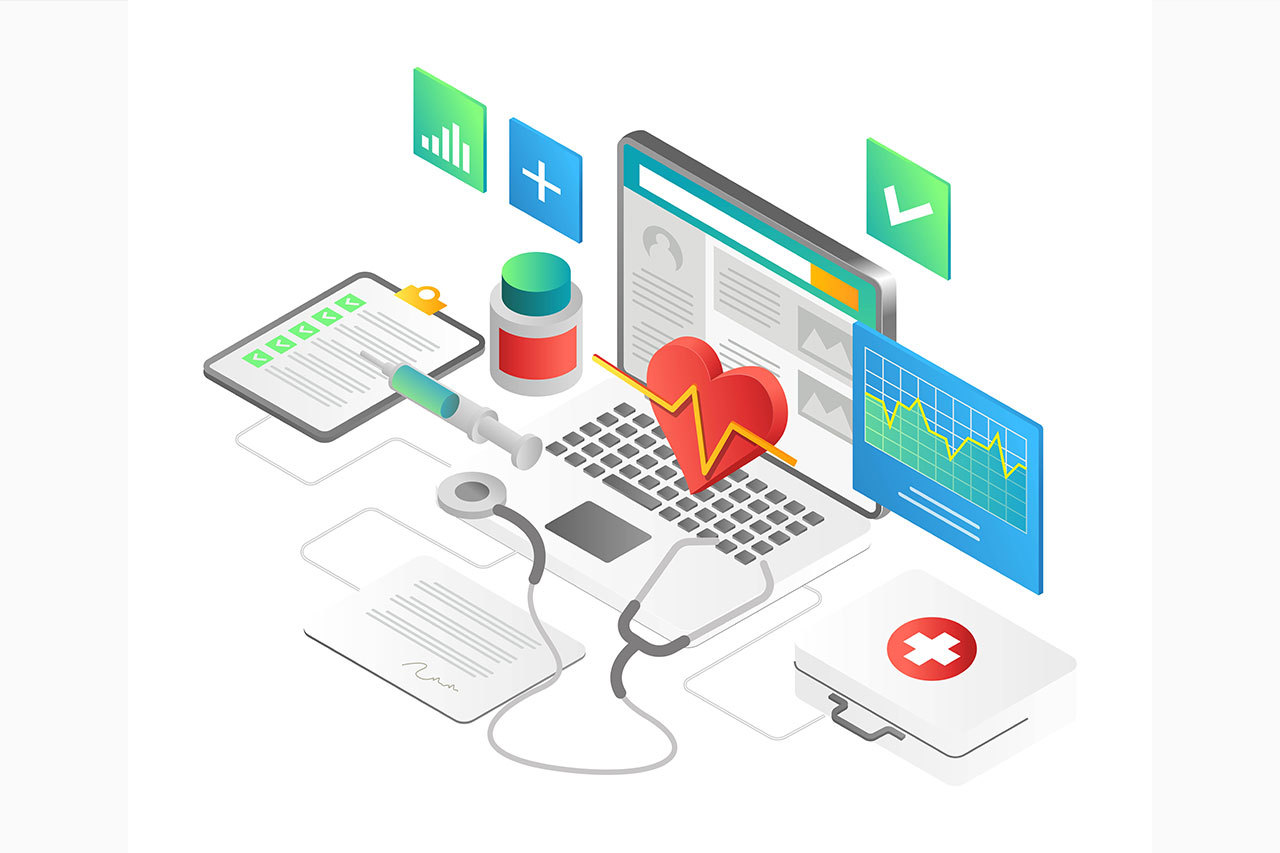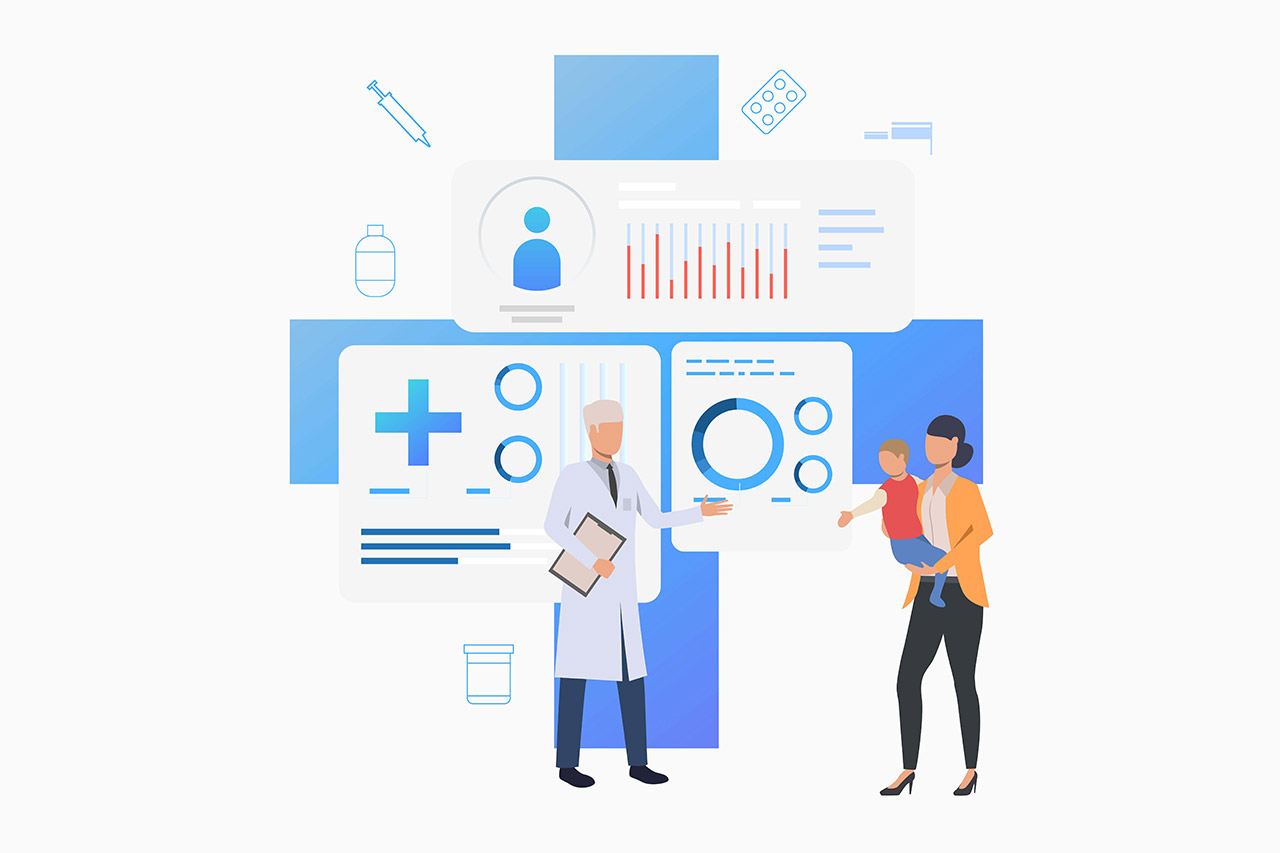The healthcare industry has multiple intricate processes that involve patient care, administrative tasks, and regulatory compliance. Inefficiencies and delays in these processes can have serious consequences and affect patient outcomes and operational costs.
However, business process management is one solution that helps healthcare organizations overcome these challenges. BPM tools save the healthcare industry hours in time and $11 billion in claims (Astera).
If you are in the healthcare sector, embracing business process management tools and methodologies will help you resolve issues related to complex end-to-end processes, optimize patient care, and achieve operational excellence.
In this blog, we discuss how business process management helps to optimize workflows and deliver better customer service in the health sector. Let’s dive in.
Why Business Process Management is Key in the Healthcare Industry

As a healthcare service provider, you’ll interact with countless individuals, patients, and systems in your day-to-day operations. And oftentimes, you’ll need to uphold strict regulations and attend to administrative tasks while trying to provide your patients with the best quality of care.
Business process management can help you manage different aspects of your operations and help you deliver patient-centric data-driven solutions. Here’s why you need BPM tools:
1. Streamline Patient Care
Patient care is the core focus of healthcare. Business process management methodologies and tools can help you improve your workflows to ensure timely and efficient care delivery.
Your patients will be able to schedule appointments easily, and you’ll equally be able to handle their registrations and discharges, create care pathways, and ensure they receive consistent and evidence-based treatment protocols seamlessly.
Also, you can integrate BPM tools with patient portals and communication platforms to enhance patient engagement. This helps patients access their health information, schedule appointments, and communicate with your team promptly.
When you streamline administrative processes, your patients will enjoy smoother appointment scheduling, shorter waiting times, and improved communication.
2. Improve Clinical Workflows
Coordinating patient care can be a significant challenge, from the patient’s arrival to the end of treatment. However, BPM tools give you a centralized platform to design, automate, and optimize these processes across different departments while keeping everyone on the same page.
These tools have pre-defined form builders, automated approval processes for document evaluation, and dynamic assignment to approvals, making it easy for medical staff to create a default pathway for the patient.
With BPM tools, your team members can access information about the patient’s previous steps in the journey. They also promote real-time collaboration and empower care teams to share information, coordinate tasks, and respond promptly to patient needs.
3. Enhance Administrative Efficiency
Administrative tasks such as patient admissions, treatment plans, billing, discharges, and insurance claims are time-consuming and prone to errors. But with the right business process management strategy, your team can automate and streamline these administrative processes, reduce paperwork, minimize errors, and focus on delivering top-quality care.
4. Ensure Compliance and Regulatory Adherence
Compliance with healthcare regulations is a top priority if you must maintain patient safety and avoid legal issues and financial penalties. Business process management helps to analyze existing processes, identify compliance issues, and suggest improvements that’ll reduce risks and enhance efficiency.
With BPM tools, you can incorporate regulatory requirements into your processes and ensure that your team performs all tasks following agreed guidelines. This ensures a standardized clinical workflow, reduces variability, promotes transparency, and drives compliance with best practices.
Also, BPM tools can help you keep track of compliance and audit due dates for each process and send automated alerts to the responsible parties to address all compliance events before their due dates. This proactive approach helps you stay on top of regulatory requirements and avoid potential penalties or setbacks.
5. Enhance Data Management and Security
Healthcare organizations generate vast amounts of data daily. BPM tools seamlessly integrate with electronic health records systems and other data sources to analyze process performance. This analysis gives you valuable insights for making data-driven decisions and optimizing processes for better outcomes.
BPM tools have robust security measures to protect sensitive patient information and ensure strict data privacy.
6. Save Cost
As a healthcare provider, saving costs while maintaining excellent patient care is always a priority. Business process management can be your strategic ally in achieving this goal. With BPM tools, you can eliminate resource-intensive processes and save costs.
BPM tools automate repetitive tasks and processes and reduce your reliance on manual labor. It frees up valuable resources that you can redirect to critical aspects of patient care. With BPM, you can control expenses, enhance resource allocation, and improve the financial performance of your health institution.
7. Adapt to Changing Healthcare Landscape
Like other sectors, the healthcare sector has continued to evolve, with advancements in medical technologies and changes in patient demographics, industry regulations, policies, and trends. To thrive in this dynamic environment, your institution must stay agile and adaptable.
Business process management tools will help you adapt to these changes quickly and ensure you can meet emerging patient care needs and stay competitive in the market. Since they are mostly flexible, you can rebuild your workflows and automate processes to respond swiftly to new regulatory requirements and industry developments.
Two Examples of How Business Process Management Transforms the Operations of Healthcare Institutions

1. Patient Monitoring
While traditional patient monitoring involves manually taking and recording vital signs, such as blood pressure, heart rate, respiratory rate, and temperature, BPM tools that integrate Remote Patient Monitoring (RPM) solutions can help collect patient data beyond traditional clinical settings and extend care to patients in their homes or remote locations.
This technology is a huge advantage for patients with chronic conditions, post-operative patients, and even those participating in clinical trials.
RPM solutions are usually in wearable devices, such as fitness trackers or smartwatches, to collect data about the patient’s health continuously. They can monitor various parameters, including heart rate, blood glucose levels, oxygen saturation, and activity levels. The collected data is then transmitted securely to a cloud-based BPM platform, making it accessible to the patient’s care team.
Ultimately, patients will have real-time information about their health status and actively participate in their healthcare procedures. Patients can also track their progress, monitor changes in vital signs, and take proactive measures to manage their condition effectively.
As a healthcare provider, a sync between BPM and RPM tools will help you to monitor patients closely and provide the opportunity to detect any potential problems or worsening conditions early. With access to continuous data, you can adjust treatment plans and intervene promptly.
Additionally, RPM can significantly reduce hospital readmission rates, as patients can receive care and support in their own homes. It enhances the patient experience and reduces the burden on healthcare facilities and resources.
2. Claims Processing
Many patients originally rely on insurance claims for medical treatments. But with BPM tools, you can streamline the end-to-end process of submitting and managing insurance claims, including prioritizing claims and enabling faster claims handling and patient appeals
Most BPM tools can proficiently handle claims intake and data entry, claims tracking, accumulation of benefits, claims audit, and claims adjustment, as well as identifying overpayments.
This will lead to reduced time and cost of claims management and an enhanced claim submissions process, resulting in fewer denied claims and improved reimbursement rates.
How to Implement BPM in Your Healthcare Institution

You can implement BPM in your healthcare institution to enhance patient care, streamline operations, and achieve sustainable growth. Here is a step-by-step guide that you can follow.
1. Assess Your Current Processes
Start by conducting a thorough assessment of your healthcare institution’s existing processes. Identify pain points, inefficiencies, and areas that require improvement. Gather feedback from staff and management to gain a comprehensive understanding of the challenges
2. Set Clear Objectives
Define clear and achievable objectives for implementing business process management in your healthcare institution. These objectives should align with your organization’s overall goals, such as improving patient care, reducing costs, enhancing operational efficiency, and complying with regulatory requirements.
3. Create a Cross-Functional Team
Form a cross-functional team with representatives from different departments to ensure a comprehensive and collaborative approach to BPM implementation. This team will play a crucial role in implementing the new processes.
4. Map Your Processes
Document and map your existing processes using BPM tools or visual aids like flowcharts. This step helps identify bottlenecks, redundancies, and areas for improvement. Ensure that all team members have a clear understanding of the mapped processes.
5. Select the Right BPM Tool
One critical aspect of implementing business process management is selecting the right BPM tool. It’s important to evaluate the different BPM tools in the market and select the one that aligns with your goals.
Some specific features you should consider include automation functionality, ease of use, scalability, security, cost and integration capabilities.
6. Design New Processes
Based on the process mapping and identified opportunities, work with your cross-functional team to design new and improved processes. Ensure that these processes are well-documented, user-friendly, and align with industry best practices and regulatory requirements.
7. Train and Educate Staff
Provide comprehensive BPM training to your healthcare staff on the newly designed processes and the importance of BPM implementation. Encourage open communication and collaboration among team members to facilitate a smooth transition.
8. Implement and Monitor
Gradually implement the new BPM processes and monitor their performance. Regularly review key performance indicators to measure the success of your implementation. Be open to feedback and make necessary adjustments as you go.
9. Hire a BPM Consultant
To avoid trial and error and ensure a successful BPM implementation, consider hiring a business process management consultant. A qualified consultant can provide expert guidance, best practices, and industry insights tailored to your healthcare institution’s needs.
Final Thoughts
If you own a healthcare facility or work in one, business process management tools can help to streamline all your processes and workflows to achieve better overall performance. You’ll be able to automate the patient’s journey, communicate with care teams, reduce wait times, and facilitate claims processing.
BPM tools also reduce medical errors and help you deliver the best care to patients. You can manage all aspects of patient care, from when they arrive in your waiting room till you discharge them, from a single and secure system.
If you’d like to delve deeper into how BPM tools can help optimize your operations and increase your ROI, book a free call with one of our business process management consultants. We will go over your current processes, identify the bottlenecks, and set up and onboard your team on the most appropriate BPM tool for your needs.


